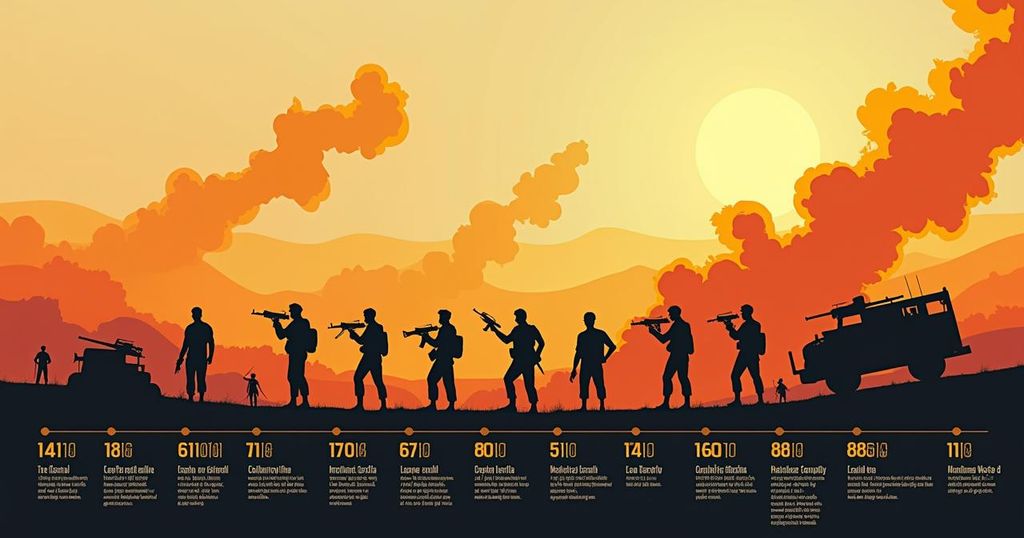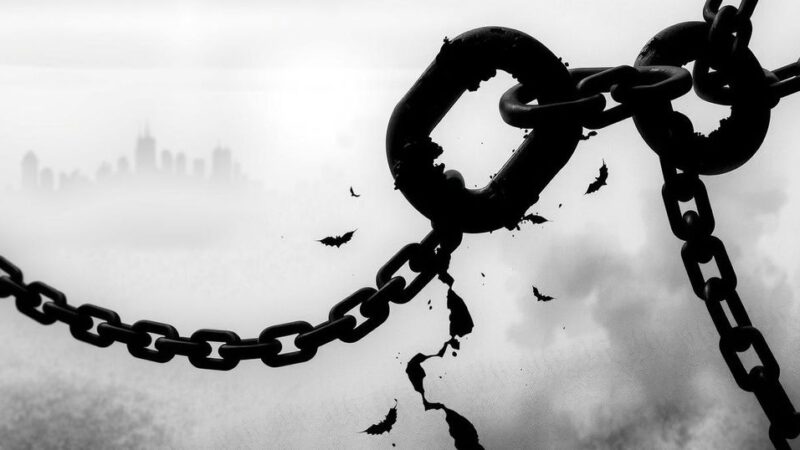The conflict between Hezbollah and Israel is a complex saga marked by decades of violence, recently escalated by a deadly pager explosion in Lebanon, which Hezbollah blames on Israel. The incident adds to a long history of military exchanges and political tensions rooted in Israel’s 1982 invasion of Lebanon. Significant confrontations, including the 2006 July War and ongoing hostilities tied to regional geopolitics, continue to shape the dynamics of this conflict, reflecting deep-seated issues that challenge stability in the region.
The ongoing conflict between Hezbollah and Israel is marked by a history of violence and political maneuvering. Recently, an incident involving the explosion of over 2,800 hand-held pagers belonging to Hezbollah operatives resulted in the deaths of at least 11 individuals, including three non-combatants, and left approximately 2,750 wounded. Hezbollah has attributed this attack to Israel, promising retaliation. This event is merely the latest act in a protracted and tumultuous relationship between the two entities, which has escalated significantly since October 2023 amid the backdrop of violence in Gaza. The roots of the conflict can be traced back to 1982 when Israel invaded Lebanon ostensibly to combat terrorist threats from the Palestine Liberation Organization (PLO) after years of civil war in Lebanon. Israel’s occupation led to the formation of Hezbollah, which emerged as a significant power aiming to expel Israeli forces. Over the years, there were numerous exchanges of military actions, including notable incidents such as the barrack bombings in 1983, known as the Seven-Day War in 1993, and the 2006 July War that resulted in significant casualties on both sides. In subsequent years, Hezbollah transitioned into Lebanese politics, gaining influence while continuing its armed resistance against Israel. The conflict reignited in the context of the humanitarian crisis following the Hamas-led attack on Israel in October 2023, leading to further military exchanges and escalation along the Lebanese-Israeli border. The strategic nature of Hezbollah’s involvement in Syria’s civil war to support the Assad regime also complicates its position within regional dynamics. The recent timeline of events underscores the fragility of peace in the region and the potential for further escalation, particularly after high-profile assassinations and retaliatory strikes in 2024. As the situation continues to evolve, the international community remains watchful of the implications of such conflict on regional stability.
The antagonism between Hezbollah and Israel is one of the most enduring conflicts in the Middle East, stemming from historical grievances, territorial disputes, and geopolitical struggles. Beginning in 1982 amidst a backdrop of civil war in Lebanon, Israel’s military actions led to the formation of Hezbollah with the aim of resisting Israeli occupation. Over the years, both sides have engaged in numerous armed conflicts, which have deepened sectarian divides and complicated the political landscape in Lebanon and the broader region. Recent escalations have been exacerbated by events in Gaza and the role of external powers, namely Iran, which supports Hezbollah. The timeline of conflicts highlights critical moments such as the horrific civilian casualties during military operations in the 1990s, the 2006 war, and ongoing hostilities that continue to influence the socio-political fabric of Lebanon and the security arrangements of Israel. In 2023 and beyond, developments have shown an uptick in violence, including retaliatory strikes and provocative military actions that reflect the entrenched hostility still prevalent between Hezbollah and Israel.
The enduring conflict between Hezbollah and Israel has evolved through decades of hostility, shaped by significant military confrontations and political shifts. The recent pager attack on Hezbollah members reflects the precarious nature of peace in the region and the potential for further escalation. As both parties continue to engage in military exchanges, the international community must remains vigilant in understanding the complexities that fuel this long-standing conflict. Ultimately, lasting peace will require addressing the underlying issues that maintain the cycle of violence.
Original Source: www.aljazeera.com







